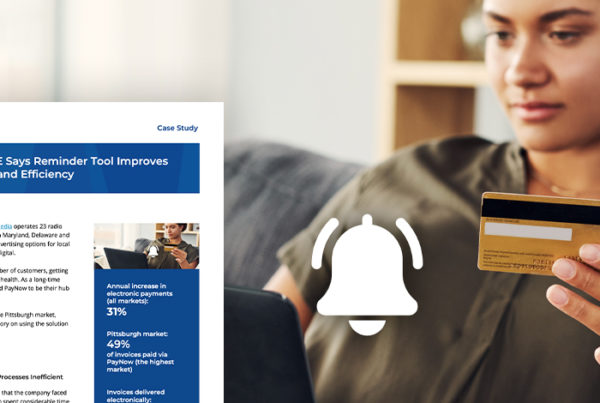Radio stations throughout the country are eager to reduce operational costs and protect their margins. One area where many are concentrating is software, such as their radio traffic system. However, a lower operating cost, which would be the SaaS (software as a service) fee, doesn’t always correlate to savings. That’s why you have to look at the total cost of ownership.
Cheaper SaaS rates may be attractive, but what are you giving up? And will you really pay more in the end?
Looking at Value: Low-Cost Radio Traffic Systems Have Little
With any software, you can’t just look at the cost to your budget. You must understand its value. Some aspects are quantifiable, while others are qualitative. They can include:
- Time-saving features: These improve operational efficiency, reduce manual tasks and enhance productivity.
- Integration capabilities: Connecting to an electronic payment solution, digital advertising platform, CRM tools, data applications and more offers a unified ecosystem. In many cases, integrations aren’t possible because vendors don’t have open APIs (application programming interfaces), and some charge hefty fees for this.
- Support access: You should be able to receive support whenever you need it from product experts versus a general help desk or no support at all.
- Security: Most radio traffic platforms are cloud-based and include many layers of protection to keep your data safe. Not all vendors have the best practices in place, nor are they investing in security.
- Additional services: Most stations could benefit from extra services, but not all providers have these. Examples include specialized training programs, unique configurations, consulting and hubbing (outsourced traffic operations).
In consideration of all these components of traffic, the price on the bill is only one part of what you pay in terms of money, time and resources.
Automation Has Even Greater Value Than Eliminating Manual Work
Automation within radio traffic systems has become a must-have feature. However, it’s not the same across all software. There are major differences that can help you honestly evaluate the total cost of ownership.
- Manual log reconciliation creates risk: Doing this is time consuming and ripe for error. Often, you can retroactively correct logs or add on extra spots from on-air talent.
- Automation prevents fraud: With automated reconciliation, you get proof of performance and an audit trail. As a result, the risk of fraud declines dramatically.
- Payment automation gets you paid faster: With an electronic invoicing and payments module connected to your traffic system, you’ll see advertisers paying quicker. The result is improved cash flow and a decrease in days outstanding.
Advanced Radio Traffic Systems Deliver Greater ROI
When a traffic system is future-forward with open APIs and continuously deploys new features, what you invest in it will come back to you. You’ll have a solution that works today and will help you grow revenue in the future.
Using solutions that are “good enough” won’t yield this same return. Instead, you’ll have to create workarounds, put more manual work on staff and miss out on new capabilities. You’ll be paying for something that won’t drive actual value across your enterprise.
Does Your Radio Traffic System Create Value?
You must keep a vigilant eye on operating costs, but you also need to assess the true cost of ownership. There’s more to what you “pay” than what’s on the invoice. Low-cost solutions may work fine for some things but lack support, security and innovation. Be sure to evaluate based on value, not on price.
You can learn more about which traffic product is the best value for you by viewing Which Radio Traffic System Is Right for You?






